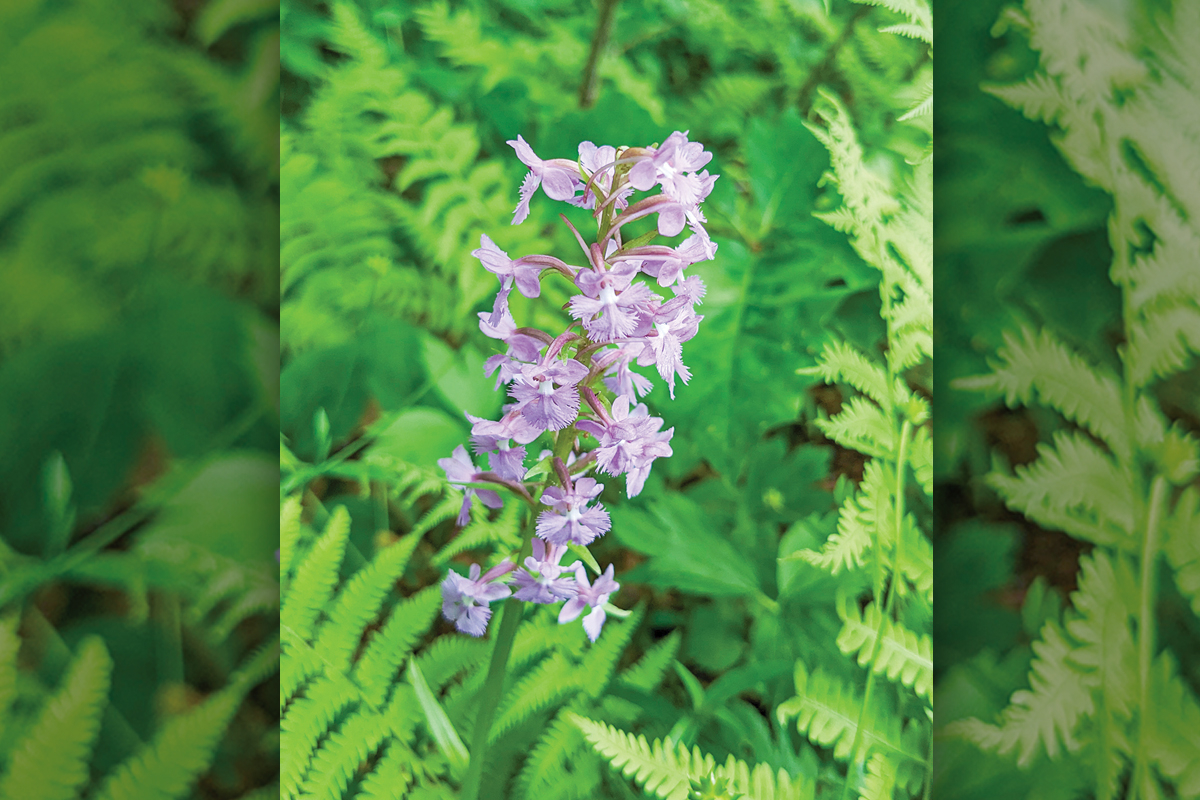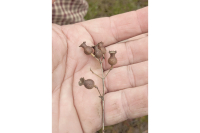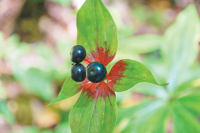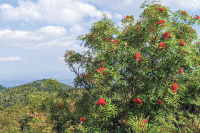Notes from a plant nerd: Orchidaceous!
 Purple fringed orchid. Adam Bigelow photo
Purple fringed orchid. Adam Bigelow photo
Please don’t get me wrong, I love the orchids of springtime. Love them. They tend to be as big and showy and beautiful as springtime itself. Ladyslipper orchids, both yellow and pink (Cypripedium acaule and C. parviflorum) and showy orchis (Galearis spectabilis) are certainly beautiful and fun to see blooming in the woods in the spring.
Yet, there is something about orchids of summertime that hold my heart. The orchid days of summer are upon us, and it’s looking Orchidaceous out there!
One of my favorite things about myself is that I’m a big ol’ guy that likes little tiny flowers, and when it comes to orchids, the smaller the better. Orchids of summer tend to be small, harder to spot and delicately beautiful when viewed up close. Often a magnifier like a hand lens, a.k.a. jeweler’s loop, or a close zoom on a phone camera is helpful to appreciate their beauty and structure.
There are many orchids that grow in the woods of Southern Appalachia, and that is no surprise as the orchid family (Orchidaceae) is the largest plant family in the world, as well as the most widely dispersed with upwards of 28,000 species worldwide. Orchids are spectacular.
They are also special among all other plants in that they don’t provide their progeny with any energy to begin growing. They just send their seeds off with a root and a leaf, and maybe their best wishes.
All other plants provide energy for the first root and leaf to grow in the form of endosperm, stored energy put into the seed to help the new plants get started. Orchids are different. Their seeds are small and dust-like and contain only the first leaf, called the cotyledon, and the first root, called the radicle (for more info, see ”Going to Seed” from SMN’s Nov. 15, 2023, edition).
Related Items
The orchids of summer fill me with joy in their subtleties and diminutive beauty, similar to the frosty, glass-like petals of the rattlesnake plantain orchid (Goodyera pubescens) whose leaves lie on the forest floor year-round, even in winter. Their early summer blooms are gorgeous up close, if you know to look.
Among the tiniest of orchids are the green adder’s mouth orchid (Malaxis unifolia), which at most grows to 10 inches tall and can have 60 or more miniscule orchid flowers on its stalk at a time. I have a photo of one in bloom where there is a giant looking leaf behind the bloom, until you realize that it’s a strawberry leaf.
Purple fringed orchids (Platanthera grandiflora and P. psycodes) are some of my favorite summer orchids that bloom as tall spikes with numerous orchid flowers in a spike ranging from a light lavender to dark purple in color. The upper petals are fused into a hood, and the three lower petals are ringed with numerous fringes like splayed wingtips of a bird in flight. They are blooming right now along the unmowed roadsides at higher elevations in southern Appalachia.
In wet areas, you may come across small orchids like the green woodland orchid (Platanthera clavellate) with a single leaf and a small cluster of greenish-yellow flowers. This plant is also called the club-spurred orchid due to the small nectar spur, or protrusion off the back of the flower where nectar is produced. This species can be found growing across the eastern half of the continent, ranging from north Florida to Canada.
In all, there are over 70 species of orchids that grow in North Carolina, most of which can be found in the mountain counties. So keep your eyes peeled for these tiny beauties, and you may just find delight, awe, wonder and joy in the tiny flowers of a summer orchid.
Adam Bigelow leads weekly wildflower walks most Fridays and offers consultations and private group tours through Bigelow’s Botanical Excursions. This email address is being protected from spambots. You need JavaScript enabled to view it..













